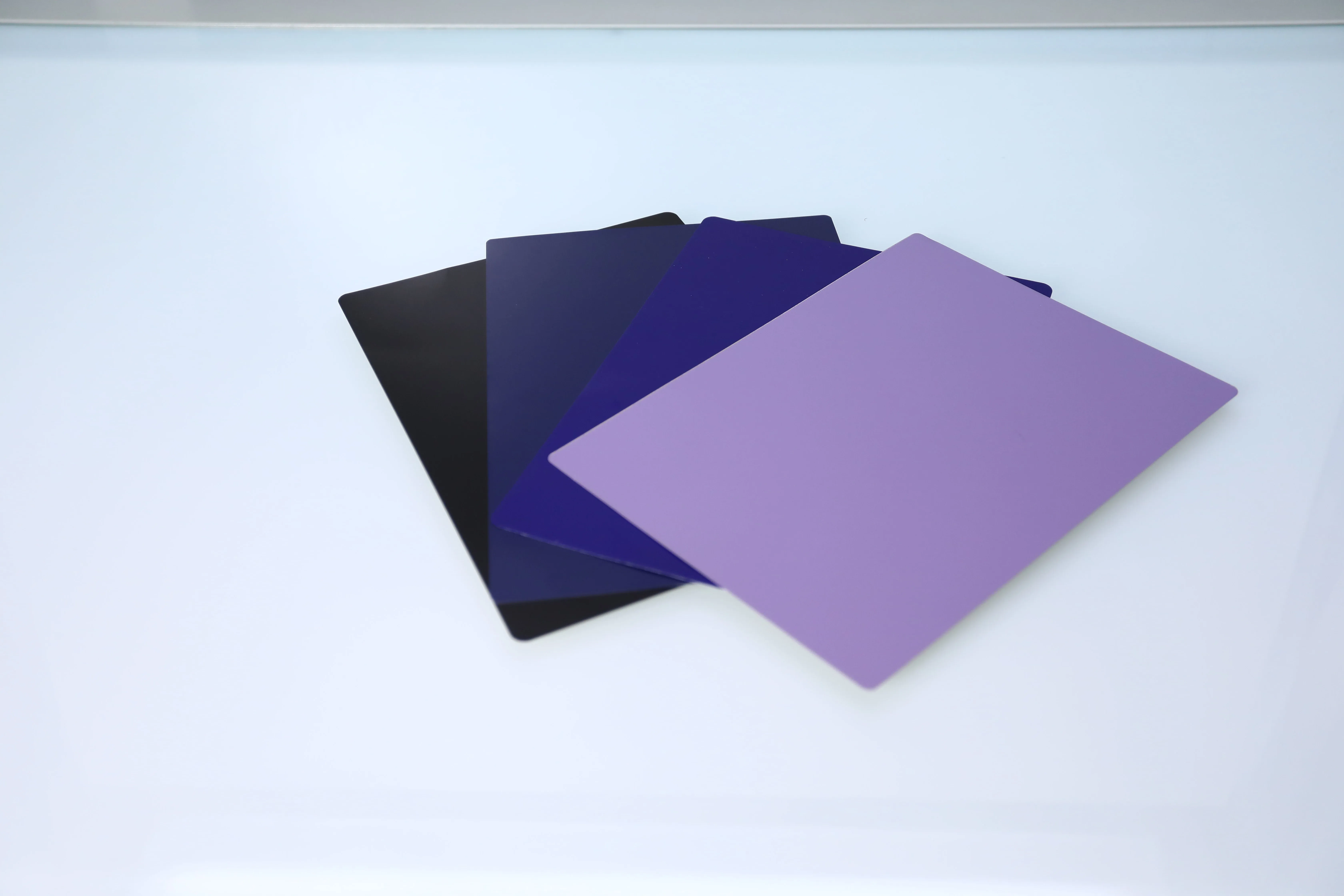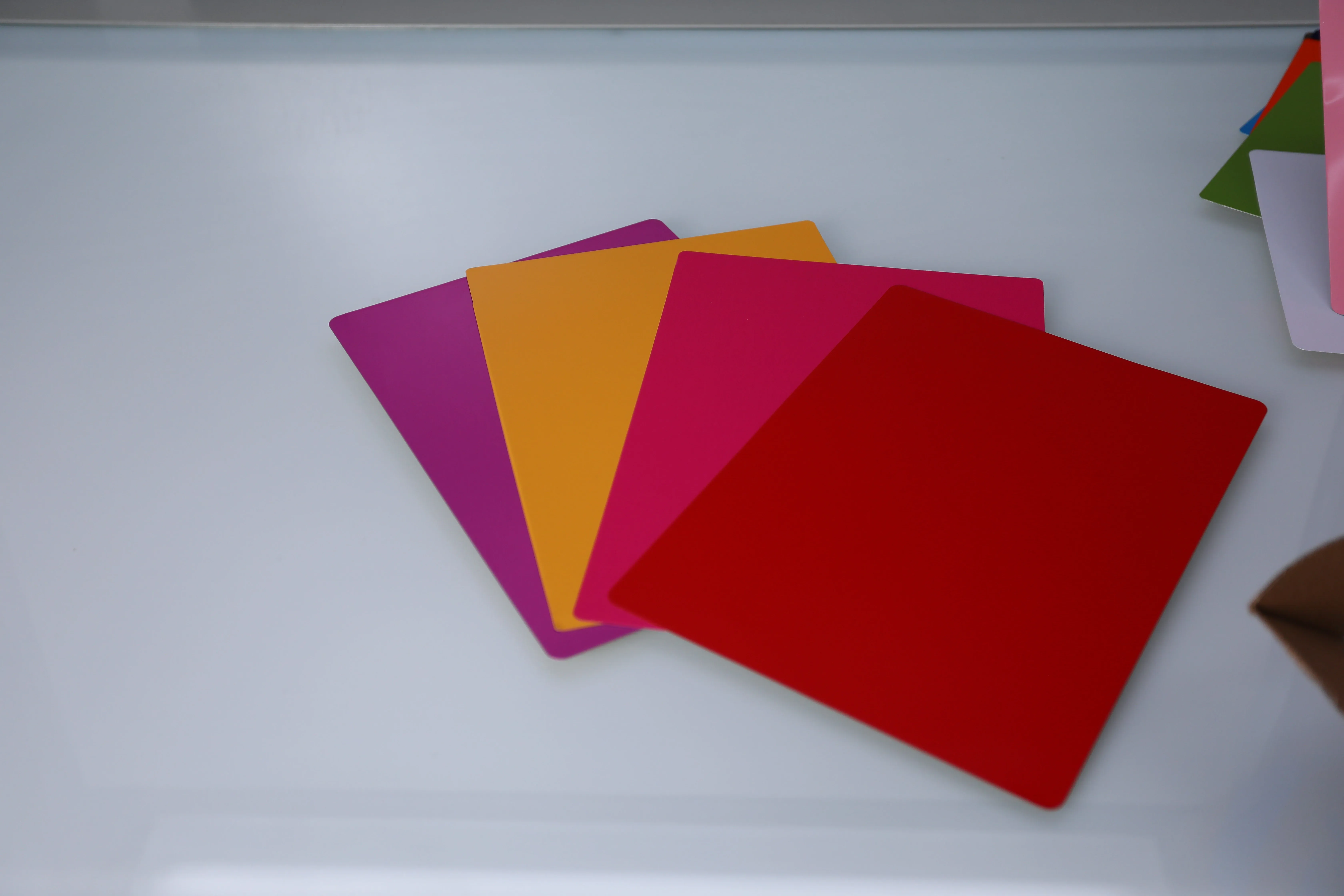2025-05-14 02:30:55
The production of coated aluminum sheets involves a precise, multi-step process designed to enhance the surface properties of aluminum for decorative, functional, and protective purposes. The process begins with high-quality aluminum coils, which are first cleaned and chemically pre-treated to improve coating adhesion.

Uncoiling: Large coils of bare aluminum (mill finish) are loaded onto an uncoiler.
Splicing (Optional but common for continuous lines): The end of one coil is often stitched or welded to the beginning of the next coil to allow for continuous operation without stopping the line. An accumulator loop provides slack during this process.
Degreasing/Cleaning: The aluminum strip passes through a series of cleaning tanks or spray zones. This typically involves alkaline cleaners to remove oils, grease, dirt, and other surface contaminants.
Rinsing: The strip is thoroughly rinsed with water to remove any residual cleaning solution.
Deoxidizing/Etching (Optional but common): An acidic solution may be used to remove the natural oxide layer and lightly etch the surface, creating a better micro-profile for adhesion. This is followed by another rinse.
Conversion Coating (Chemical Pre-treatment): This is a critical step. The aluminum strip is treated with a chemical solution (historically chromate-based, but increasingly non-chromate alternatives like titanium or zirconium-based are used for environmental reasons). This process forms a thin, inert conversion layer on the aluminum surface that:
Enhances paint adhesion.
Improves corrosion resistance.
Rinsing: Another thorough rinse to remove excess pre-treatment chemicals.
Drying: The strip passes through a drying oven to completely remove any moisture before coating.

Prime Coating (Optional but often used):
A primer is applied to one or both sides of the strip using precision roll coaters.
The primer improves adhesion of the topcoat, enhances corrosion protection, and can influence the final color.
The strip then passes through a curing oven to dry and cure the primer.
Top Coating (Finish Coat):
After the primer is cured (and sometimes cooled), the topcoat is applied, again typically using roll coaters. This is the layer that provides the desired color, gloss, durability, and specific properties (e.g., UV resistance, flexibility, abrasion resistance).
Common topcoat types include Polyester (PE), Polyvinylidene Fluoride (PVDF), Polyurethane (PU), and Acrylics.
Back Coating (Optional):
A backer coat may be applied to the reverse side of the strip. This can be a simple wash coat for protection during handling or a full functional coating.
After each coat (primer, topcoat), the strip passes through a high-temperature curing oven.
The heat causes the solvents in the paint to evaporate and the resin system to cure (crosslink), forming a hard, durable, and adherent film.
Curing temperatures and times are precisely controlled depending on the coating type and thickness.
Cooling:
After exiting the final curing oven, the coated strip is cooled, often by air blowers or water quenching, to bring it down to a manageable temperature.
Online Monitoring: Various sensors may monitor film thickness, color, and temperature throughout the process.
Offline Testing: Samples are regularly taken for laboratory tests, including:
Coating thickness (dry film thickness - DFT)
Color and gloss measurement
Adhesion tests (e.g., cross-hatch test)
Flexibility/Formability tests (e.g., T-bend test)
Hardness tests (e.g., pencil hardness)
Impact resistance
Solvent resistance (MEK rub test)
A temporary strippable plastic film may be applied to the coated surface to protect it during subsequent fabrication, handling, and installation.
Recoiling: The finished, coated aluminum strip is wound back into a coil.Shearing/Slitting (Optional): The coil may be cut into sheets of specific lengths (shearing) or slit into narrower coils (slitting) as per customer requirements.
The finished coils or sheets are packaged for protection during shipping and dispatched to customers or for further processing.
This continuous coil coating process is highly efficient for producing large volumes of consistently coated aluminum sheet with excellent quality and performance characteristics.